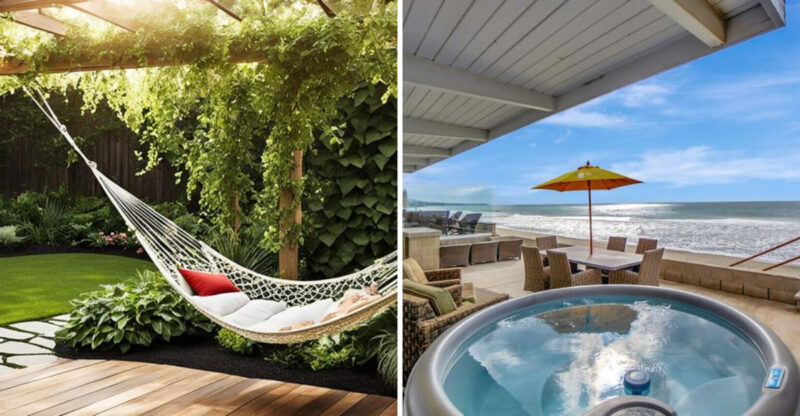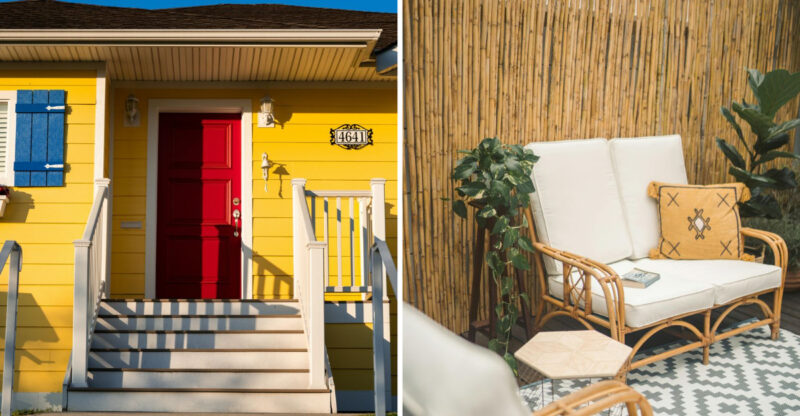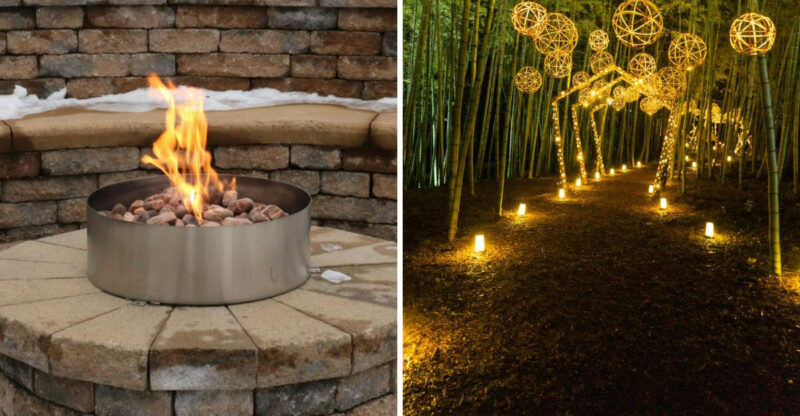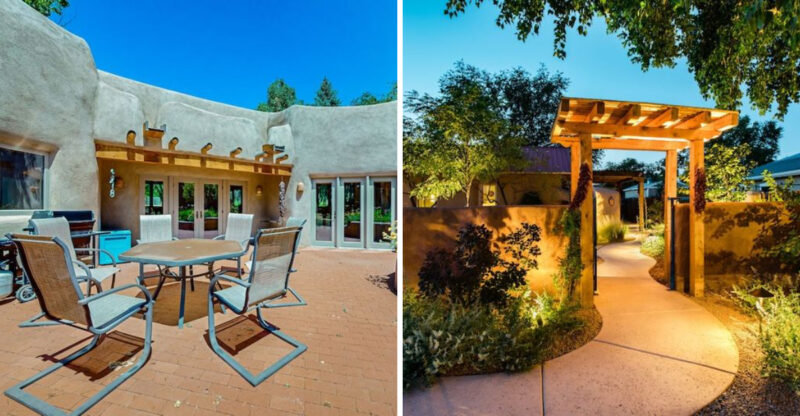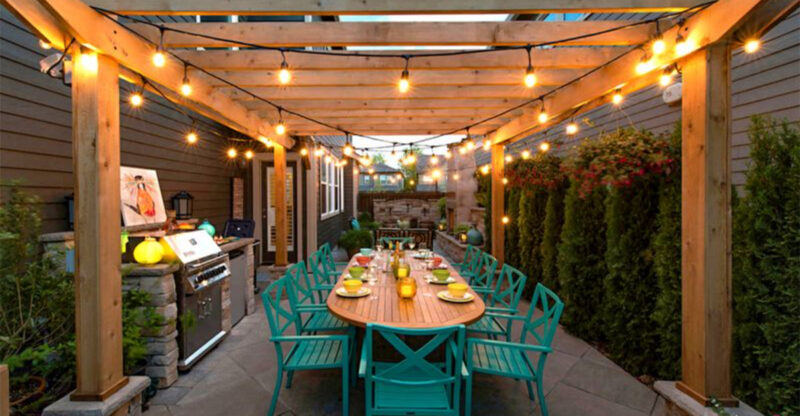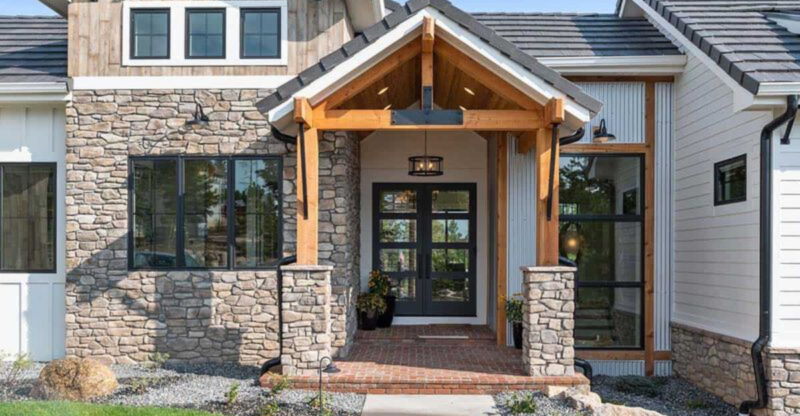When Desert Design Goes Wrong: 5 Bad Arizona Exteriors, And 7 Total Fails
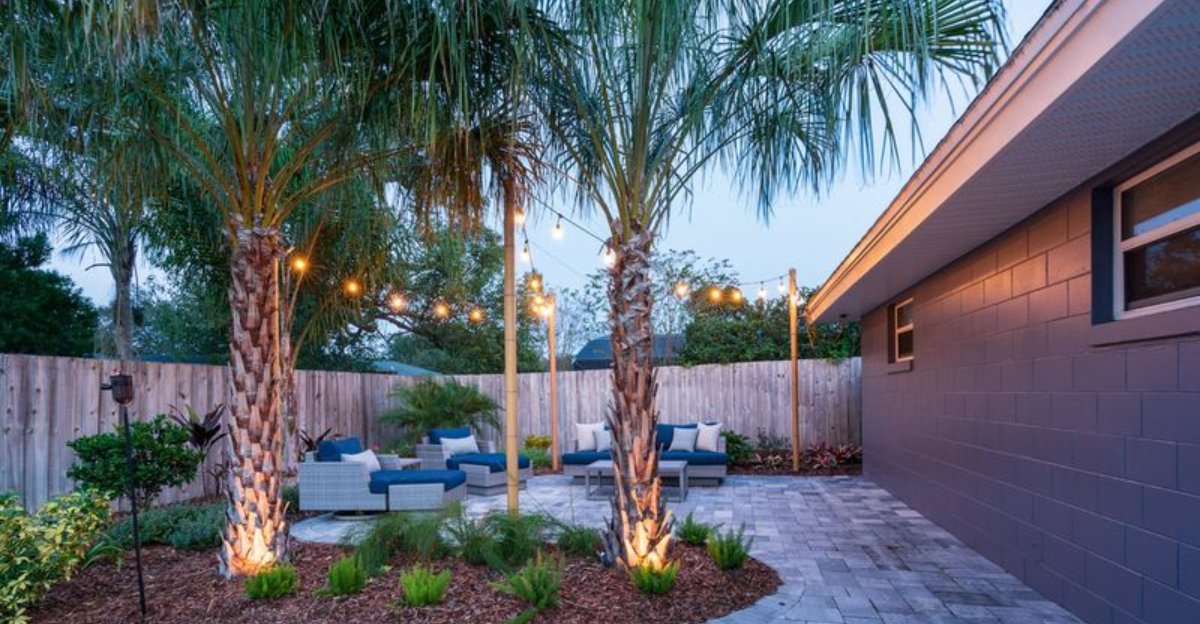
When it comes to desert design, some homes just miss the mark, and then some really miss the whole mailbox. From lawns that scream “water waste” louder than a busted sprinkler to patios hotter than the Arizona sun itself, we’re spilling the tea on the biggest desert design disasters.
Trust me, these mistakes are so glaring even the cacti are judging.
Avoid these epic exterior fails and transform your home from desert dud to desert dream before your curb appeal gets roasted!
1. Bright Green Grass Lawns
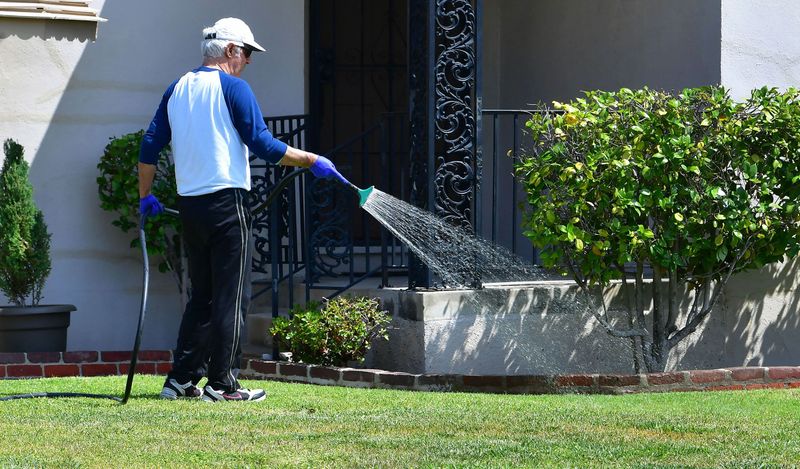
Nothing screams “I moved from the Midwest” louder than a bright green lawn baking under the Arizona sun. These thirsty patches demand thousands of gallons of precious water just to stay alive.
Though they might remind homeowners of their previous homes, lawns here are ecological vampires. The soil beneath often becomes so compacted and salt-laden that even weeds struggle.
Instead, consider native groundcovers or strategically placed artificial turf in small areas where you’ll actually use it. Your water bill and local ecosystem will thank you!
2. Black Shingle Roofs
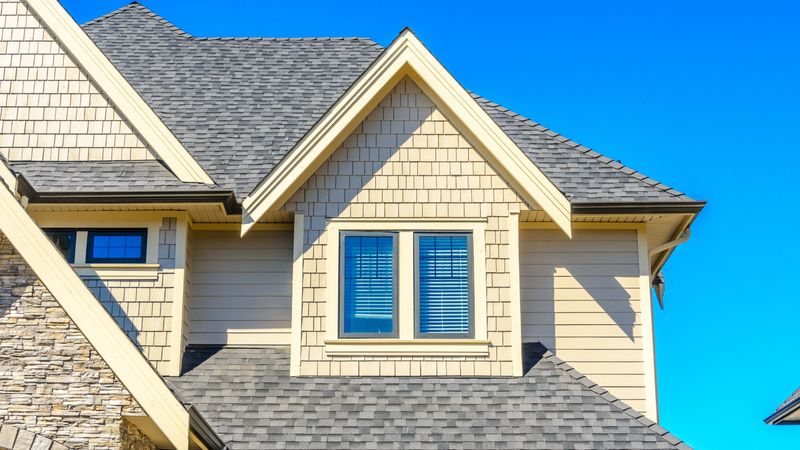
Whoever invented black shingle roofs in Arizona clearly never paid an summer electric bill here. These heat-trapping surfaces can reach temperatures of 150°F or more during our scorching summers!
Meanwhile, your air conditioner works overtime, struggling against the heat radiating through your ceiling. The lifespan of these shingles also dramatically shortens in our intense UV exposure.
Light-colored tile, metal roofing with reflective coatings, or even green roof technologies offer much smarter alternatives. Those can reduce indoor temperatures by up to 20 degrees.
3. Reflective White Gravel
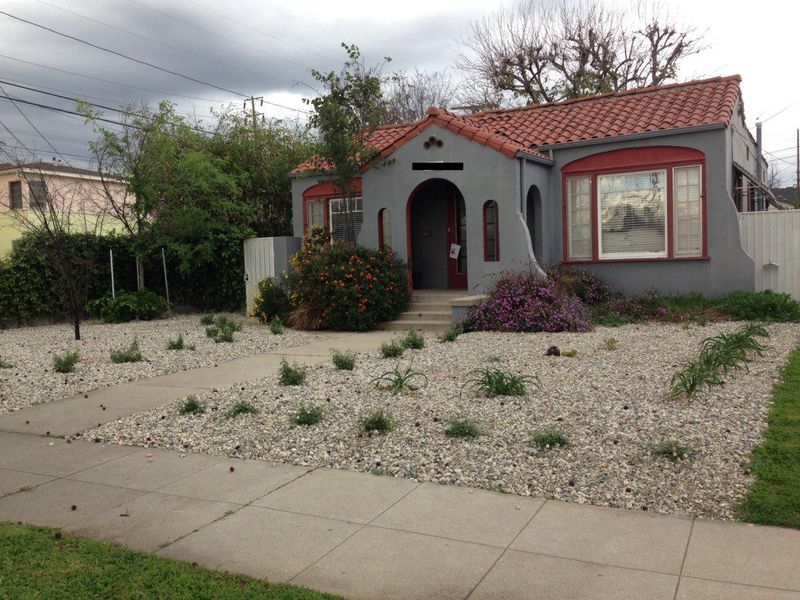
While avoiding water-guzzling grass is smart, replacing it with blinding white gravel creates a mini solar cooker around your home. Walking past these yards in July feels like facing a giant makeup mirror in the sun.
Beyond the uncomfortable glare, these reflective surfaces create heat islands that radiate long after sunset. Plants struggle to survive in this harsh microclimate, and wildlife avoids these scorching surfaces.
Warm-toned, native gravels mixed with desert-adapted plants create a more harmonious landscape that doesn’t require sunglasses just to check your mail.
4. Overgrown Non-Native Plants
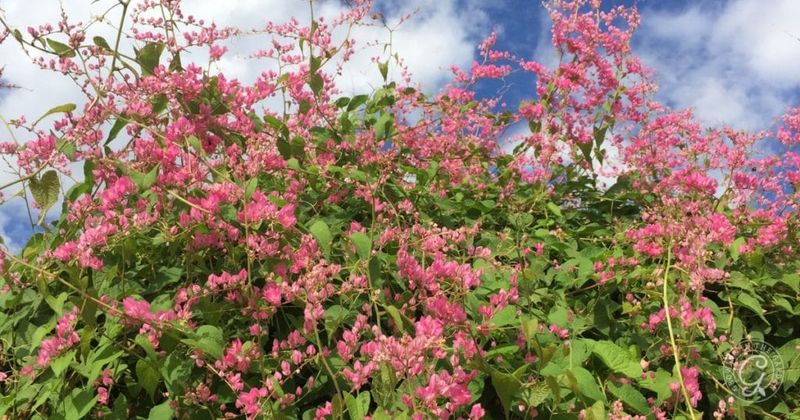
Ever planted a tree that’s more like a root canal for your foundation? Ficus trees cracking concrete, oleanders turning power lines into jungle gyms, and queen palms shivering from frost damage are the non-native drama queens of Arizona landscaping.
Many homeowners pick these plants because they look good on the surface, but forget to check the fine print on water needs and growth size. Years later, those “pretty” plants turn into overgrown divas, demanding constant pruning and guzzling water like it’s happy hour every day!
5. Cookie-Cutter Stucco Boxes
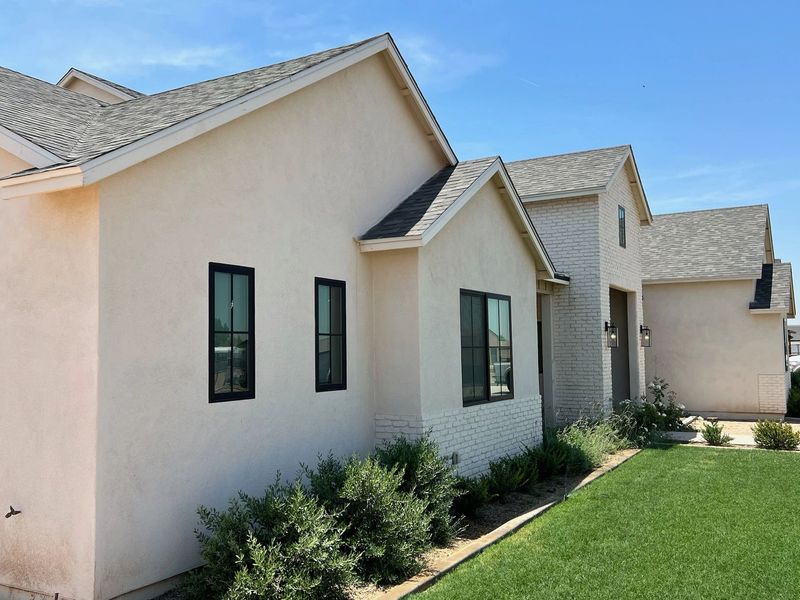
Beige boxes as far as the eye can see. Many Arizona developments feature identical stucco homes with zero architectural interest or regional character.
These uninspired designs ignore our rich architectural heritage of Spanish Colonial, Pueblo Revival, and Mid-Century Modern styles. Without thoughtful shading elements like deep overhangs or ramadas, these homes also miss opportunities for passive cooling.
Even simple additions like appropriately sized window awnings, courtyard walls, or desert-appropriate color palettes can transform a boring box into something with authentic southwestern character.
6. Plastic Turf With Obvious Seams
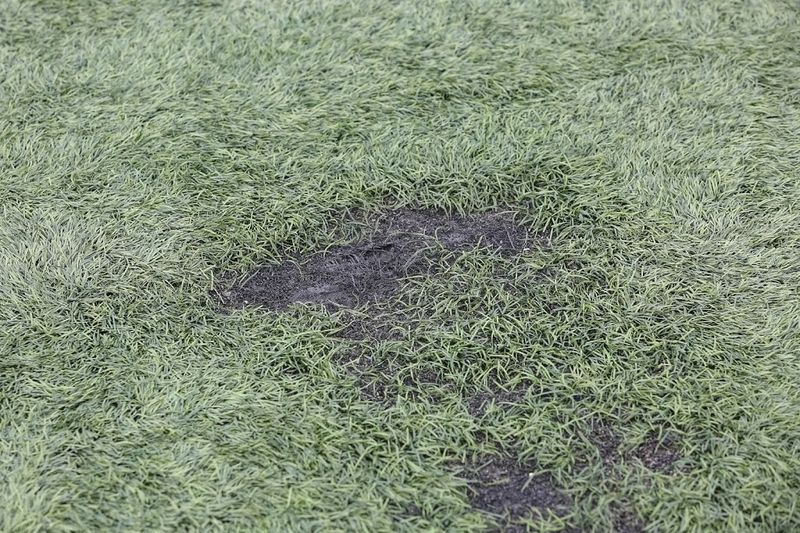
Artificial turf can be a water-wise alternative to real grass, but poorly installed plastic grass screams “fake” from a mile away. Those visible seams and unnatural green hues fool absolutely nobody.
During summer, cheap artificial turf can heat up to 170°F, hot enough to fry an egg or burn pet paws. Many installations also lack proper drainage, creating smelly bacterial breeding grounds.
Quality installations use varied blade heights, realistic coloration, proper infill, and hidden seams. Better yet, consider decomposed granite with strategic patches of artificial turf only where you’ll actually use it.
7. Non-Shaded West-Facing Windows
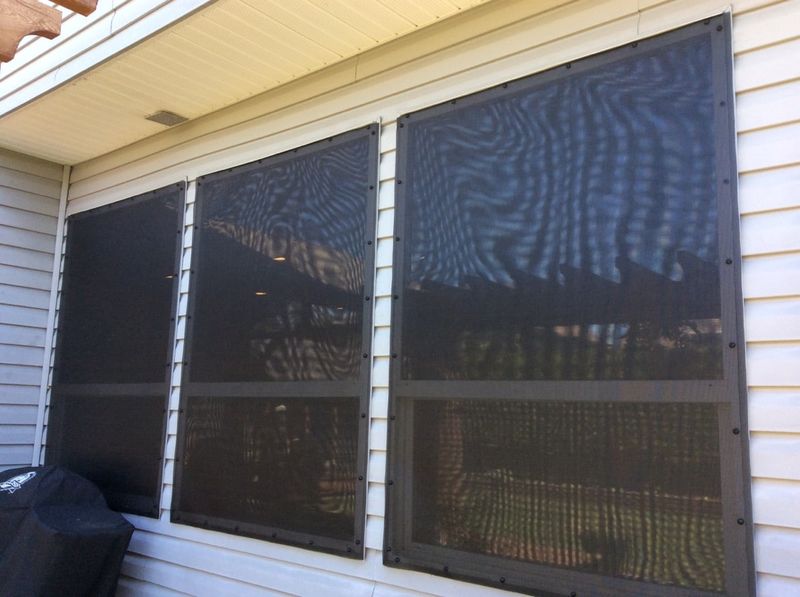
Massive, unprotected west-facing windows transform Arizona homes into solar ovens by 3 PM. Homeowners often compensate by cranking the AC and keeping blinds permanently closed, defeating the purpose of windows entirely!
The afternoon sun in our climate is relentless, and glass alone offers minimal protection against heat gain. Your cooling system fights a losing battle against this greenhouse effect.
External shade solutions like properly sized overhangs, adjustable screens, or strategically placed trees can reduce heat gain by up to 70% while still allowing indirect light and preserving views.
8. No Rainwater Harvesting
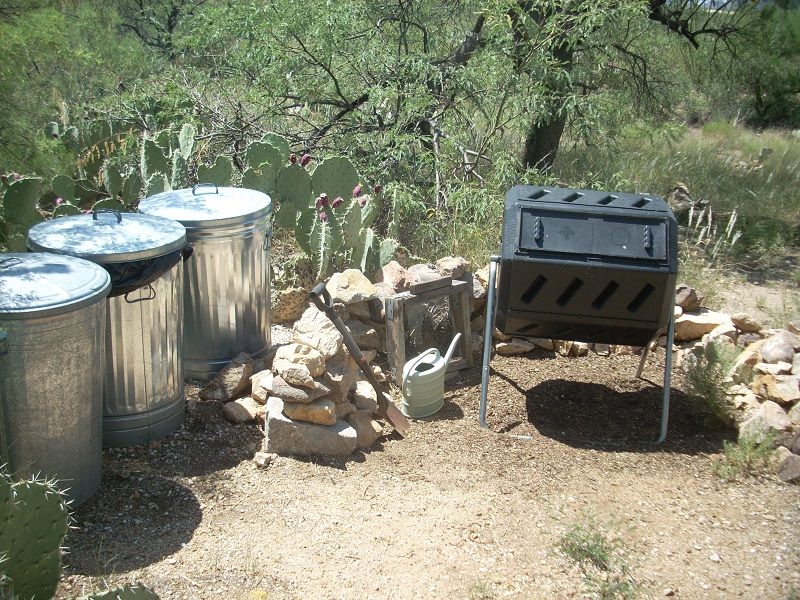
Think your monsoon rainwater just vanishes into thin air? Watching it rush down streets while sprinklers run the next day is enough to break any designer’s heart. Most Arizona homes miss out on capturing that free, sky-delivered hydration.
Simple berms, basins, and swales can gently guide rainwater to plants instead of sending it away to storm drains. Even modest homes benefit from smart grading and well-placed downspouts to catch that liquid gold.
For those ready to level up, rain barrels or cisterns store water for dry spells. A well-planned system can cut your landscape irrigation needs by up to 50% while preventing erosion and flooding, saving water, money, and the desert!
9. Palm Trees In Tight Yards
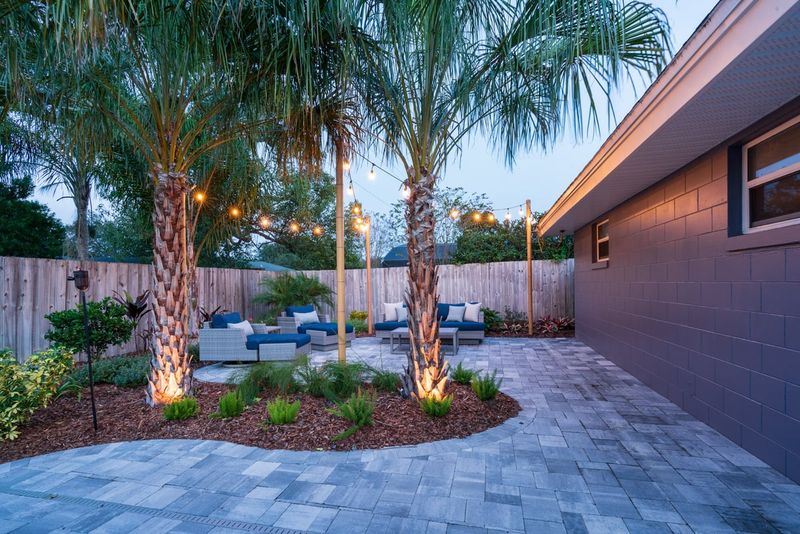
Those cute little palm trees from the nursery grow into 60-foot monsters that cost hundreds to trim and provide virtually no shade. Yet homeowners continue planting them three feet from foundations in tiny yards!
Mexican fan palms especially become neighborhood eyesores when owners can’t afford the specialized maintenance they require. The resulting “pencil palms” with tiny heads and massive trunks look ridiculous and drop dangerous fronds.
If you crave that tropical look, consider desert-adapted alternatives like Mediterranean fan palm or Mexican blue palm that stay proportional to residential yards.
10. Oversized Driveways
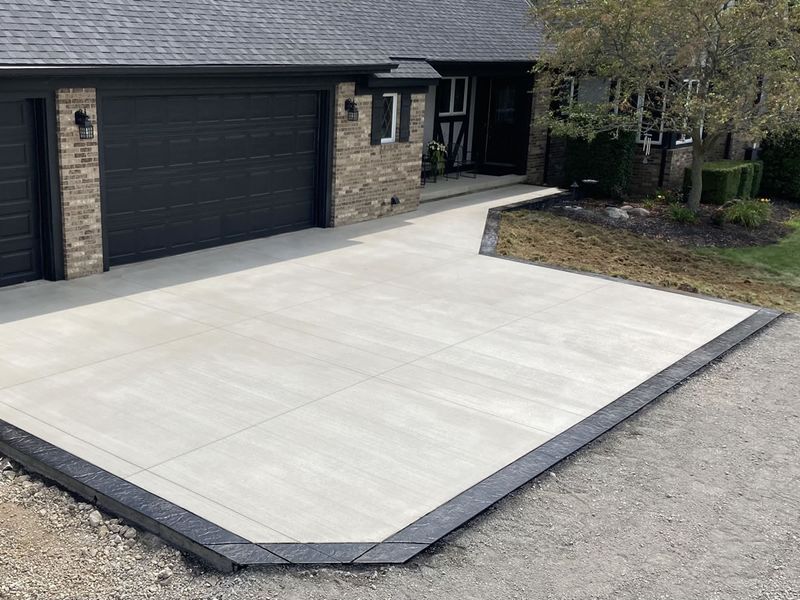
Massive concrete driveways dominating front yards create urban heat islands and increase flooding. These gray expanses absorb heat all day and radiate it all night, raising temperatures throughout neighborhoods.
Many homes feature driveways large enough for six cars when the household owns just two. This unnecessary hardscape prevents rainwater absorption and creates unsightly oil stains.
Permeable paving options like gravel, pavers with plantable gaps, or ribbon driveways with central planted strips offer more sustainable alternatives. These choices allow water infiltration while reducing the heat island effect.
11. Cracked Concrete Patios
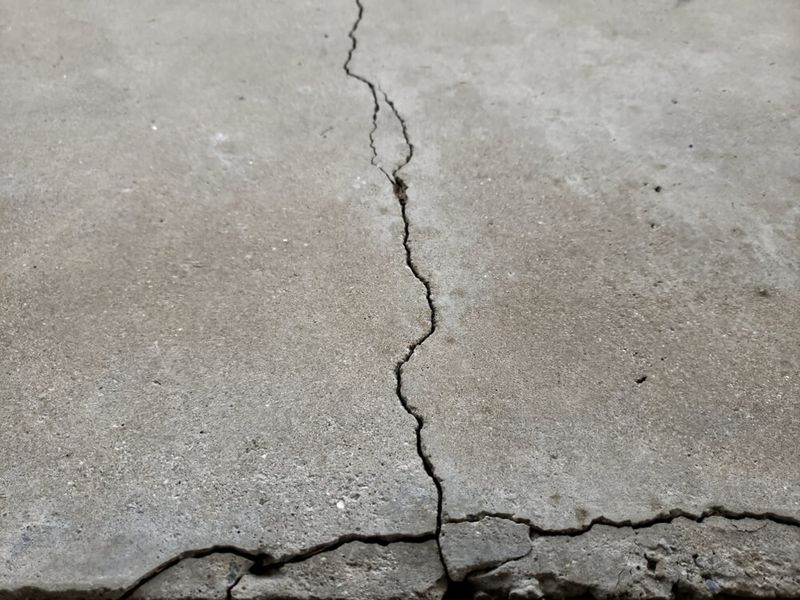
Bland concrete slabs that crack within years of installation plague Arizona backyards. Our extreme temperature fluctuations and expansive soils make traditional concrete particularly prone to failure.
Homeowners often choose concrete as an inexpensive option without considering long-term maintenance. Once cracked, these patios become trip hazards that collect weeds and lower property values.
Flagstone, pavers, or decomposed granite offer more forgiving alternatives that move with the soil. For concrete lovers, proper installation with expansion joints, appropriate reinforcement, and decorative treatments can create more durable and attractive surfaces.
12. All-Rock Front Yards With No Softening
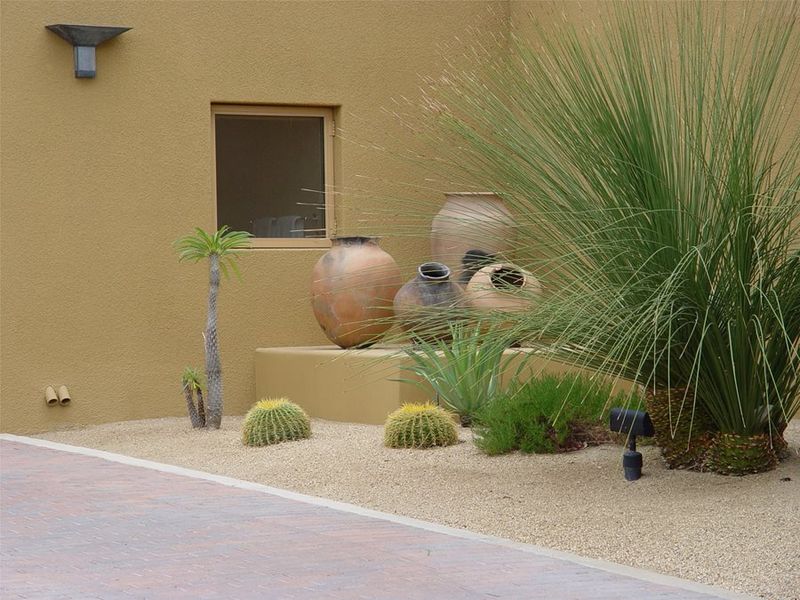
Rock yards without plants remind me of barren parking lots, not desert landscapes. These maintenance-free moonscapes miss the point of desert landscaping entirely!
Natural deserts feature incredible biodiversity, from towering saguaros to delicate wildflowers. By contrast, these sterile rock yards offer nothing for wildlife, create harsh microclimates, and lack visual interest.
Even drought-tolerant gardens need structural plants like agaves, desert trees, and seasonal color from native perennials. The right plant choices require minimal water while providing shade, habitat, and year-round beauty.

